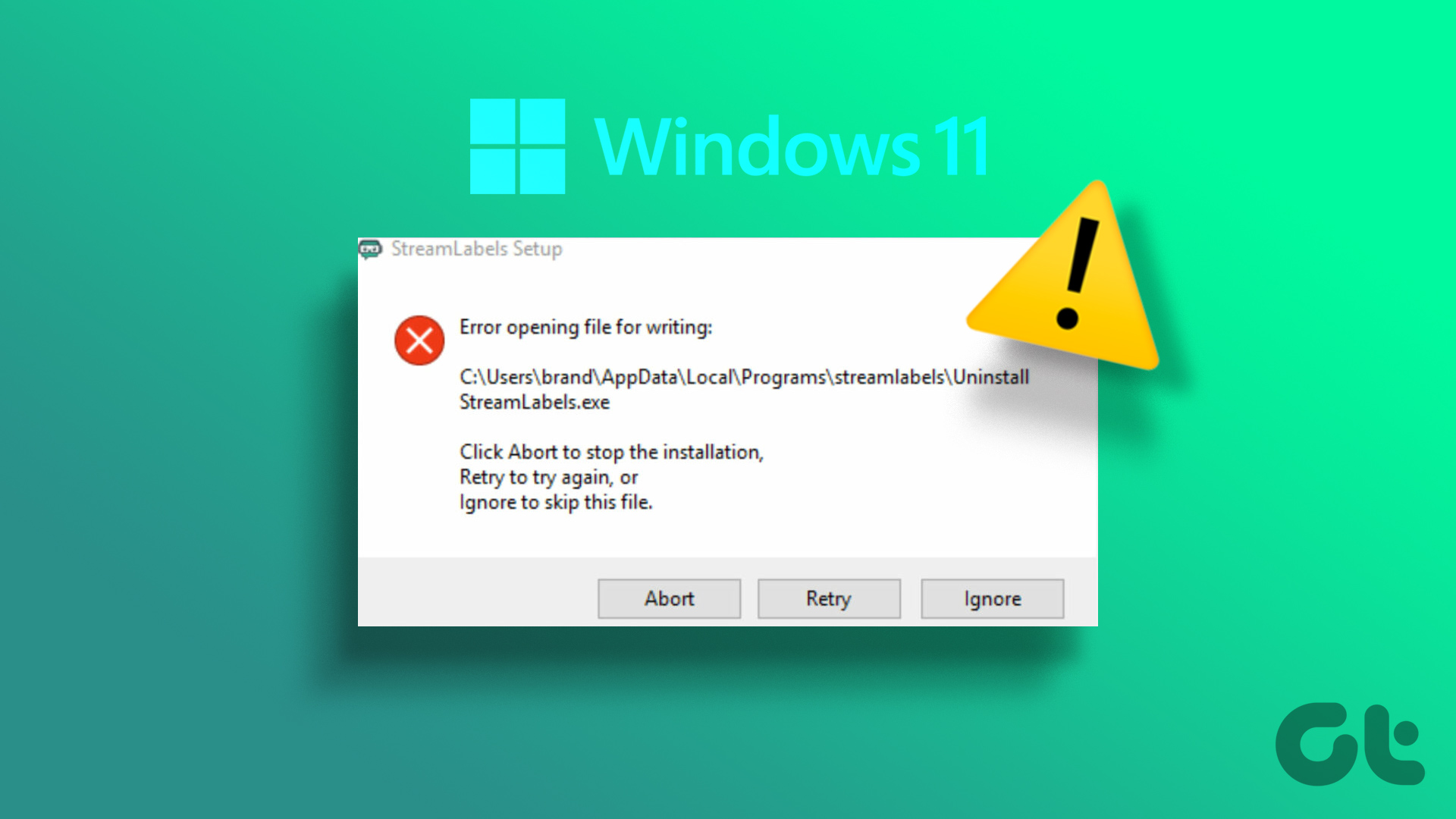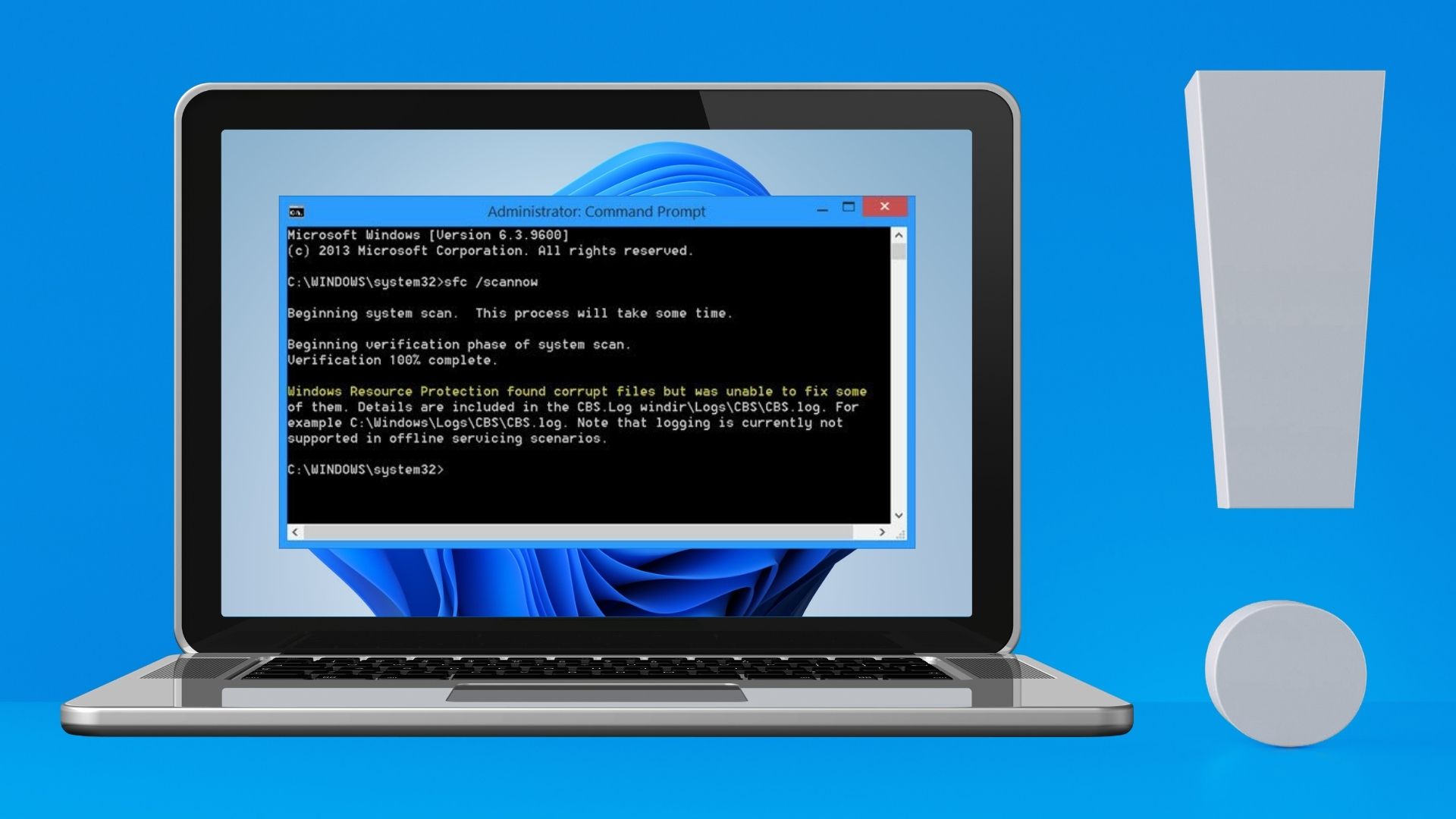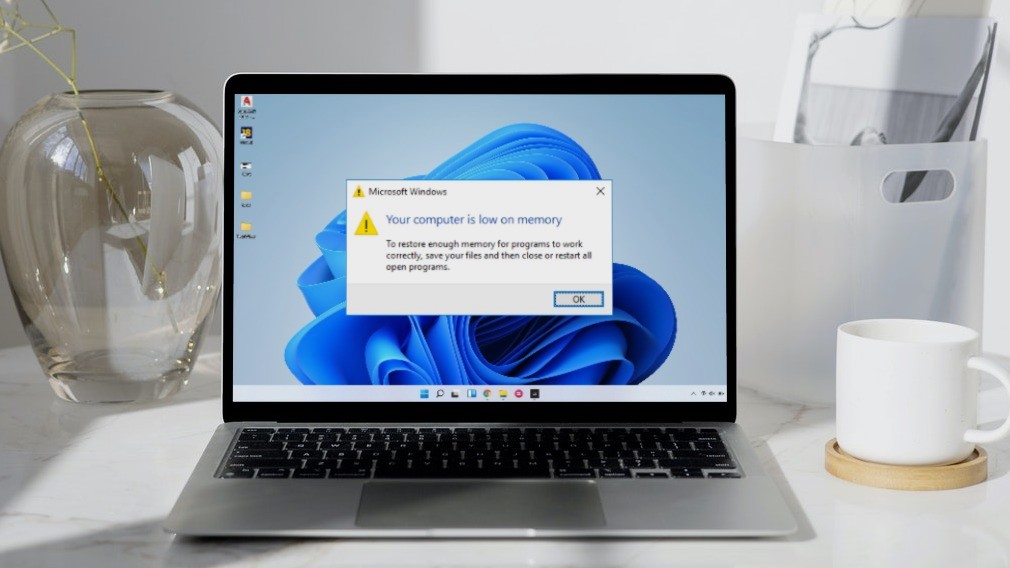Some Causes of the irql_not_less_or_equal Error
The stop code 0x0000000A also represents the IRQL_NOT_LESS_OR_EQUAL error. Some of the common causes of the error include:
Corrupt System Files
This is one of the most common causes of the error code. In this case, the file that is needed for the system to boot gets corrupt. This might be as a result of power outages, disk write errors or virus attacks.
Faulty Hardware Items
Another major cause of the error code is faulty hardware items. The two major items that may be faulty include the RAM module and the motherboard.
Incompatible Device Drivers
If you just installed a new device driver and it is faulty or incompatible, this error will occur.
Downgraded Windows Installation
This cause is quite rare, and it means installing an older version of Windows over a newer one. It is very likely that when you do this, some of the system files don’t get replaced as they should.
Incorrect Software Installation
If you have not instaleld a software properly, especially the one that deals with the hardware to some level, you might see this error.
Overheated CPU
Your CPU could begin to malfunction if it is overheated. As such, the computer shuts down with the help of the BSOD. This way, the CPU is protected from damage.
Old Operating System or Drivers
At times, the PC with an outdated software or Windows version
How to Fix IRQL_NOT_LESS_OR_EQUAL Error
When the IRQL_NOT_LESS_OR_EQUAL error occurs, your PC is likely to crash. After the crash, Windows automatically restarts the system. To prevent the error from reoccurring, try the following fixes:
Verify Your Device Has the Latest Update
As established previously, outdated software can cause your Windows 10 device to display a blue screen error. To ensure, your system has the latest update, follow these steps: Step 1: Click the Windows/Start icon. Step 2: Select Settings. Step 3: In the Settings window, click Update and Security. Step 4: In the next window, click on Check for Updates. If there are outstanding updates, ensure you install them. Step 5: To ensure your system receives the latest updates, ensure you enable automatic updates by selecting Advanced Options. Step 6: Tap the Automatic Updates toggle to On.
Restart Windows Using Clean Boot
Where Windows is wrongly installed, restarting Windows using clean boot can help prevent the IRQL_NOT_LESS_OR_EQUAL error. Doing this means that only the processes and services needed to run Windows will start when the computer boots. Here’s how it works: Step 1: Click on the Search icon on the Windows Taskbar. Step 2: Type MSConfig into the search bar. Step 3: Select System Configuration from the search results. Step 4: In the new window, click the Services button on the menu. Step 5: Click on the checkbox beside Hide all Microsoft services. Step 6: Click on Disable all. Step 7: Click the Startup button on the menu. Step 8: Click on Open Task Manager. Step 9: Right-click the startup programs that you think might be causing the error. Step 10: Click on Disable. Step 11: Close the Task Manager. Step 12: In the System Configuration Window, click on Apply then OK to save changes. Step 13: Restart your computer.
Clear Memory Cache
The memory cache plays home to the temporary files that your operating system needs to function. The cache may get corrupt and lead to the BSOD error. Here’s how to clear your memory cache on Windows 10: Step 1: Click on the Search icon on the Windows Taskbar. Step 2: Search for Disk Cleanup and launch the app. Step 3: On Disk Cleanup, click on the checkbox beside Temporary files. Step 4: Click on OK to clear your cache.
Repair Corrupted Files in Registry
Sometimes, the reason for the IRQL_NOT_LESS_OR_EQUAL error is corrupted files. To fix this, you must repair the corrupted files in the Registry. Take the following steps: Step 1: Click on the Search icon on the Windows Taskbar. Step 2: Search for Command Prompt. Step 3: Right-click on the search result and select Run as Administrator. Step 4: In the Command Prompt, type sfc /scannow command. Step 5: Click Enter after writing the command and a scanning process should commence. Step 6: Restart your PC once the scan is done.
Fix White Screen of Death
That’s it for fixing one of the BSOD errors on Windows 10. Apart from BSOD errors, Windows 10 devices are also susceptible to the White Screen of Death. Some of the steps above can also help in fixing the error. The above article may contain affiliate links which help support Guiding Tech. However, it does not affect our editorial integrity. The content remains unbiased and authentic.


































